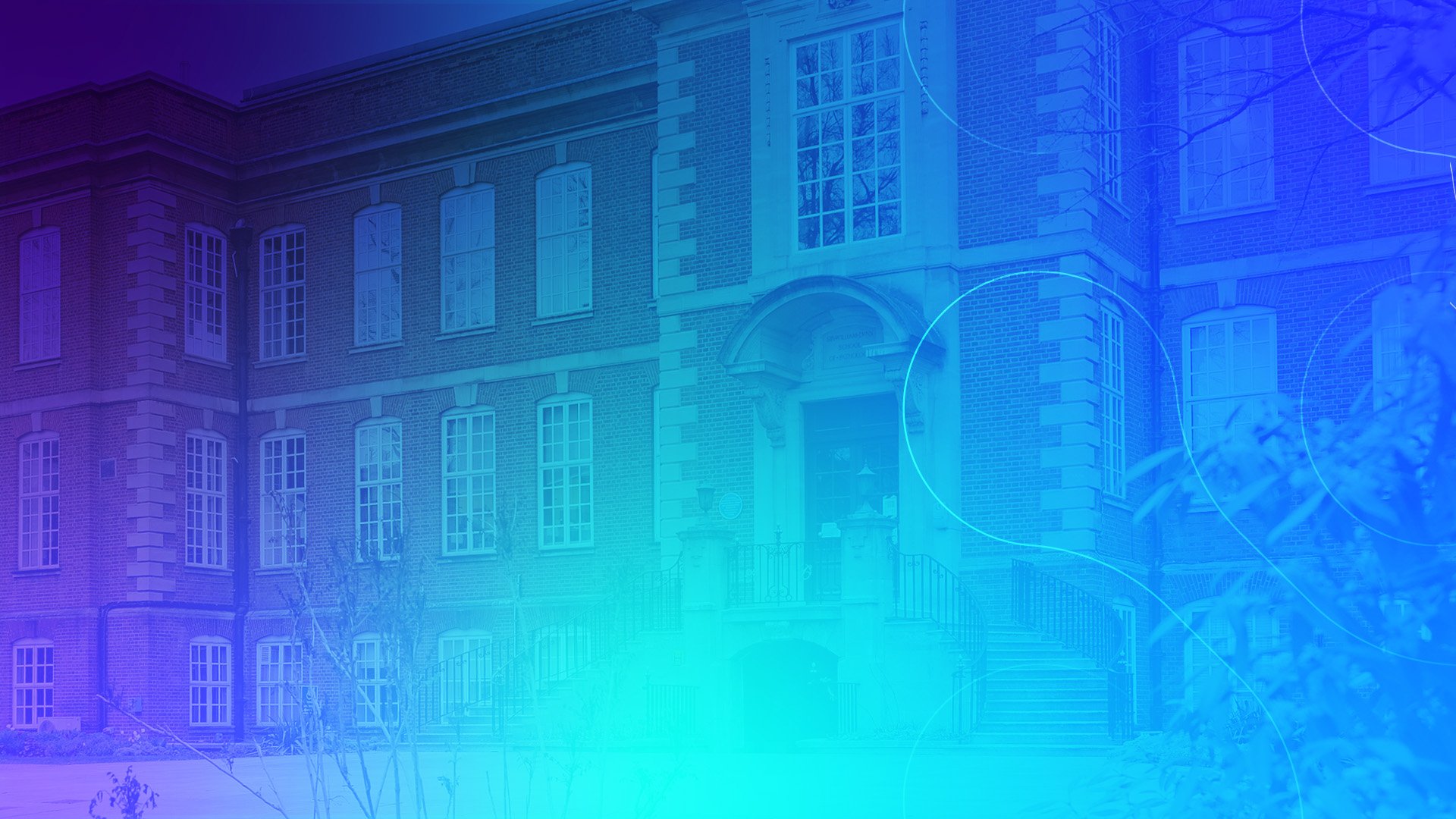
Our FoundersMatchBio is a spin out of the University of Oxford, from the world-renowned Dunn School of Pathology
Professor Omer Dushek and Professor Anton van der Merwe have been at the forefront of understanding how T cells and other immune cells can identify and react to target antigens. MatchBio is a spin-out company from their laboratories in the world-renowned Dunn School of Pathology at the University of Oxford, UK.
Leveraging their expertise, MatchBio was founded to provide enabling technologies which solve one of the largest limitations for cell therapy; the low sensitivity of chimeric antigen receptors
-

Omer Dushek
Professor of Molecular Immunology, Sir William Dunn School of Pathology
After initial training in physics (BSc, 2004) and mathematics (PhD, 2009) in Canada, he moved to the UK for his post-doctoral training in experimental immunology. He established his laboratory at the Sir William Dunn School of Pathology in 2012 using a Sir Henry Dale Fellowship. His laboratory now uses a combination of experiments and mathematical modelling to understand quantitative T cell responses. Recently, his laboratory has focused on understanding and exploiting the contribution of co-stimulation and co-inhibition receptors to antigen sensitivity, discrimination, and adaptation mediated by the T cell receptor and a variety of synthetic antigen receptors. His research has been funded by the Royal Society, Wellcome Trust, Medical Research Council, and Cancer Research UK.
-

Anton van der Merwe
Professor of Molecular Immunology, Sir William Dunn School of Pathology
After completing his medical training and PhD at the University of Cape Town in 1990, he joined the MRC Cellular Immunology Unit, which was located within the Sir William Dunn School of Pathology, at the University of Oxford. Since then, he has worked on trying to understand how T cell surface receptors enable T cells to recognize abnormal cells. One particular focus has been the significance of the dimensions of the receptor/ligand interactions that contribute to T cell antigen recognition. Insights from this work resulted in the identification kinetic-segregation mechanism of TCR triggering (with Simon Davis), and the importance on size-matching between the TCR/pMHC complex and accessory receptor/ligand complexes.
